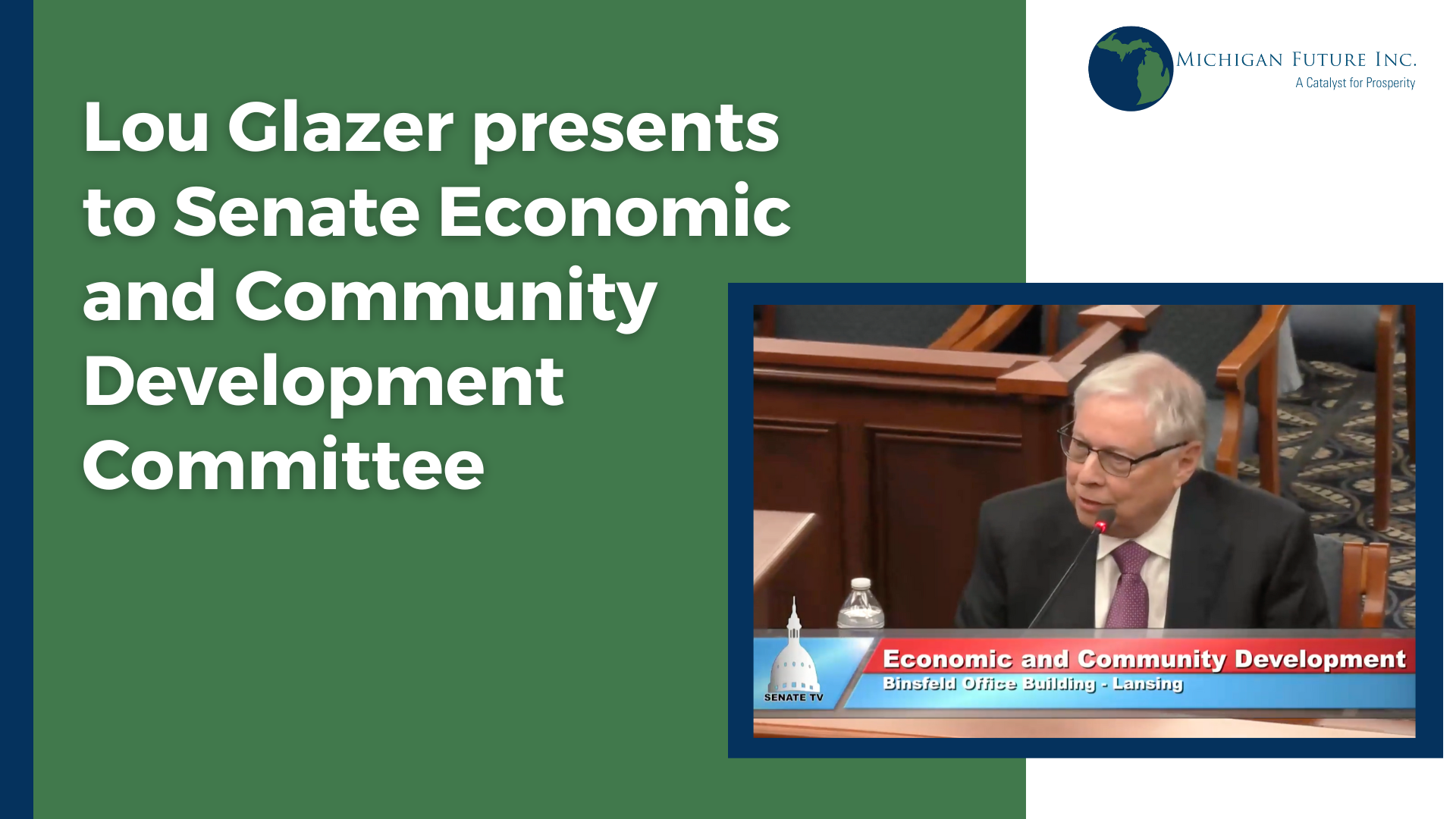In Michigan, collaboration across community borders has not been a recent strong suit. I’ve been at many a meeting where folks from the western part of the state claim to identify more with Chicago than with Detroit. And the fact is that a growing understanding of the function of the new economy, with cities as the hubs and drivers of economic growth, would suggest that such identification is plausible. Our state borders matter much less—especially in a global economy—than the regional economies to which we belong. Enter the concept of the “megaregion,” clusters of highly connected and economically interdependent communities.
A new research and data visualization project by Garrett Dash Nelson of Dartmouth and Alasdair Rae of the University of Sheffield published in PLOS ONE, which hopes to add to the understanding of U.S. megaregions, surprised even me with the centrality of Detroit to Michigan’s economy (at least that of the lower peninsula). Researchers mapped data from the American Community Survey on over 4 million commutes as a way to explore economic connectivity between census tracts. The algorithm they used shows whether a census district has a particularly strong connection to another, and if so, which.
Commuting data may be a useful way of understanding megaregions because commutes are a decent representation of overall economic connectivity. Or as the researchers explain in their paper, “We employ a data set of more than 4,000,000 commutes as a proxy for patterns of economic interconnection, given the importance of commutes in structuring the geography of labor markets.”
As you’ll see, except for a tiny corner in the southwest that appears more connected to Chicago and another tiny swath connected to the megaregion of Indianapolis, Michigan’s entire lower peninsula is most connected to the megaregion centered on–you guessed it–Detroit.
The researchers themselves think there is more to defining a megaregion than commuting data; it’s a cultural designation as well as an economic one. And this is just one economic data point, not the full story.
But at those meetings I mentioned, what people meant to say was that they didn’t need to care, for their own self-interest, what happened in Detroit because they were more connected to Chicago’s stronger economy. Turns out, like it or not, the data suggest that we’re all in this together.
(While it’s worth taking a look at the original study, linked above, I also found this National Geographic write-up nicely accessible for laymen.)







